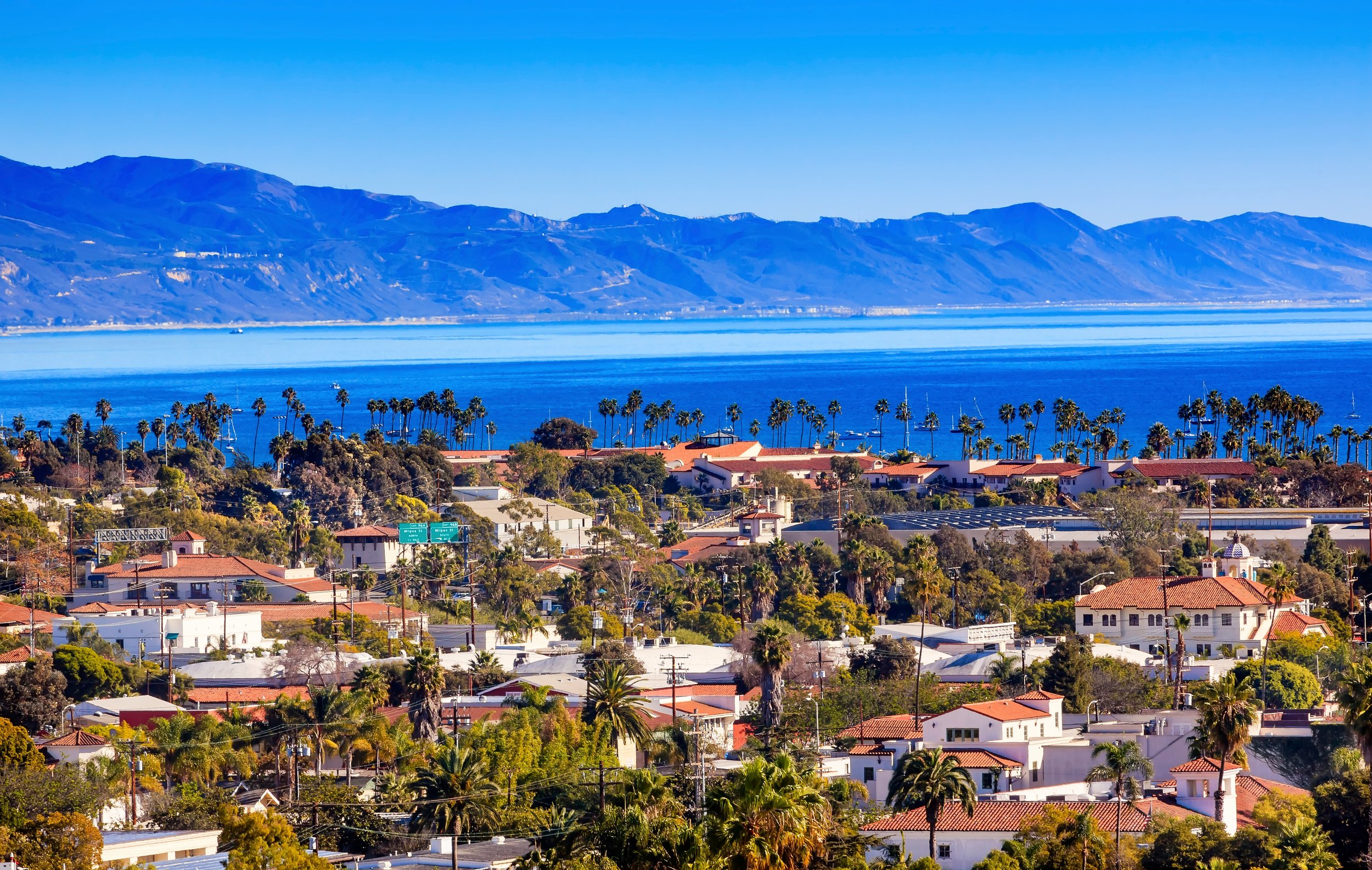Food Insecurity Among Abundance
When you think of Santa Barbara, California, food insecurity probably isn’t the first thing that comes to mind. In fact, before I visited last month, a friend said, “That food bank must have it pretty easy.” But in reality, some of the wealthiest areas in the country often reveal the starkest contrasts between those who have more than they could ever need and those who don’t know where their next meal will come from. In Santa Barbara County, for instance, there is an abundance of produce, yet the farm workers who help grow and harvest those crops often struggle to put food on their own tables. These neighbors frequently go unnoticed and underserved because they don’t show up in traditional data sources.
At SWIM, we conduct Service Area Assessments for food banks using publicly available data and any internal data the food bank may have. When we presented our findings to the food bank staff in Santa Barbara, we highlighted areas with significant disparities in food security and access. The staff agreed with the communities we identified for prioritization, but they also noted that the disparities were even greater than what the data suggested. Many populations are overlooked because they aren’t counted in the data—farm workers and– even tourists– who come to buy cheaper produce are often missed.
SWIM believes that strategic decisions should never be made based on data alone, such as in the above example from Santa Barbara. That’s why we work closely with community experts to bring meaning to the numbers. They share insights that don’t appear in the data, allowing us to combine local knowledge with hard data to make informed decisions and ensure services reach, or “meet” and “match” those who might otherwise be missed when local contexts aren’t taken into account.
Interested in learning more about evaluation at SWIM? Schedule a discovery call with us.

